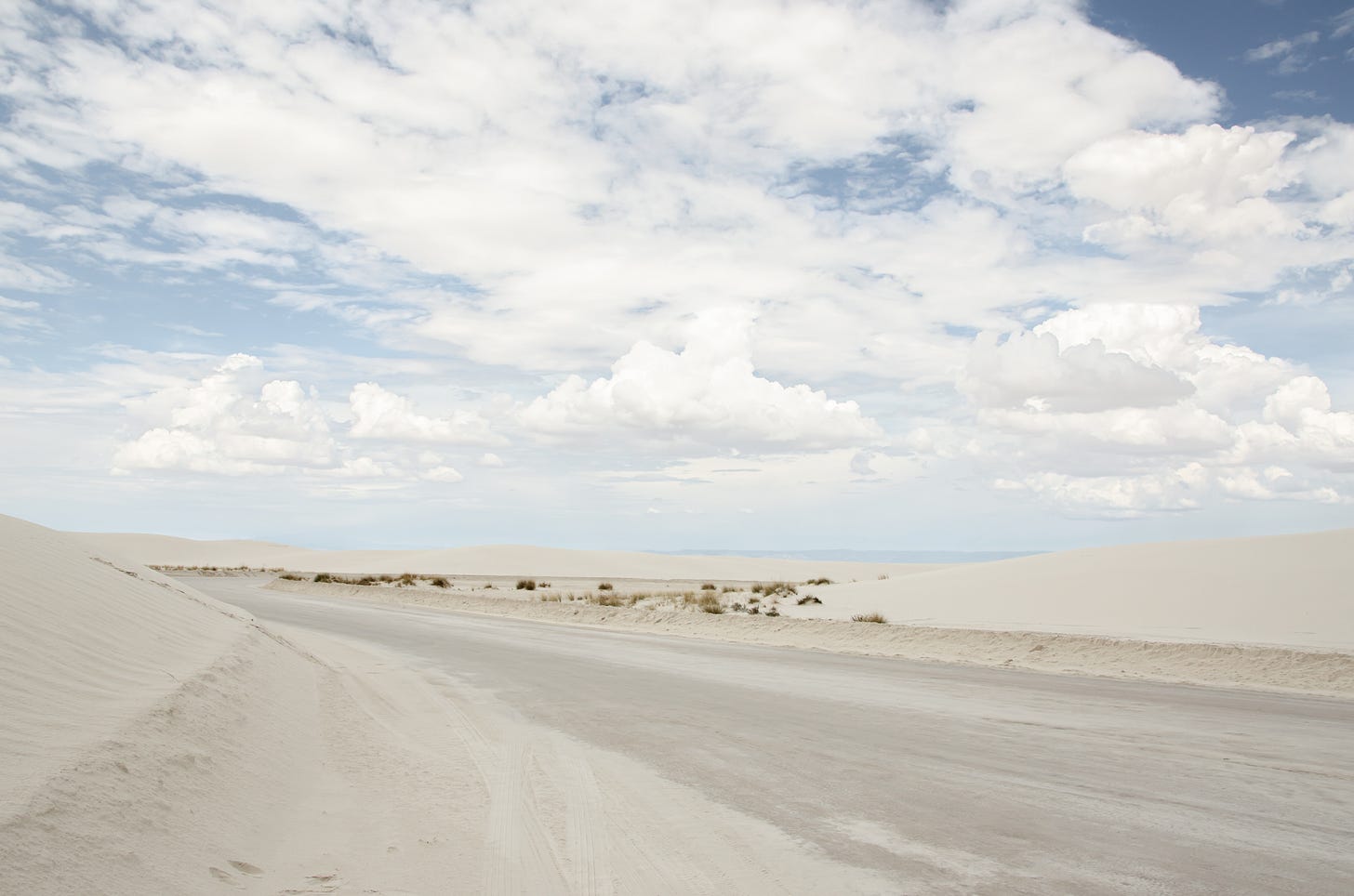“Better we learn from others—the Chinese Americans who have altars in their homes to honor their ancestors, the Ojibwa who see life as a circle and their dead as reincarnated, and the Mexican Americans who celebrate death once a year at the grave sites of their loved ones—that we do not need closure to live well.”
As I endeavored to write today I had hopes to cover topics spanning mystery, liminality, and grief, all in one go. I quickly realized that each of these topic are expansive and complex in their own right, and might be better explored individually. So today, I invite you into a conversation on the mystery of grief— how it informs our perception, influences our need for closure, and shapes our sense of identity.
Life is replete with mystery. The ambiguous nature of being human in a complex world often requires that we hold two or more seemingly contradictory or oppositional ideas. This concept is made clear in the activity of breathing.Every time we inhale the diaphragm moves down and contracts, making space for the lungs to expand. In Chinese medicine the Lungs and Large Intestine are united in support of this process. Their relationship is concerned with the ascending and descending function of the breath. Classical texts such as the Huang Di Nei Jing, refer to a dissolving quality that can occur within the body when there is lingering sadness or grief. If grief cannot move through the body, it can diminish the capacity of the breath—along with the ability to remain present.
The breath is a moment to moment reminder that we belong to the great mystery, that we are a part of a sacred force that is woven throughout everything. The early roots of Chinese medicine help to describe this philosophy with the idea that every organ in the human body contains a spirit that resonates with the cosmos. The resonance of the Lungs are a manifestation of the Po, which is the expression of the Metal phase. The Po is associated with the body and skin, and informs our somatic reality. The organizing principle of this spirit, and the constellation of resonating patterns that surround it, moves with centripetal force. It is responsible for guiding a sense of self that is both protected and permeable.
The instinct to move toward the center is signature this time of year as the air clears and cools. Making time to breathe freely with attention and vision will help to fortify our systems on a personal and collective level, giving rise to the resilience that will be necessary as we move toward greater safety and liberation. Grief, like the breath, requires that a part of us must remain open to liminality.
As a mother and practitioner of Chinese medicine mystery plays a big part in my day to day lived experience. I am reminded of a time when my little one was just learning to walk. He would make his way towards a set of keys that sat on a tray in the center of our dinner table, waddle a few steps backwards, and then promptly plop down on the floor. The keys that he held in his small hands belonged to my father, who passed in 2018. As my son stood, keys in hand, he would then begin to gesture toward a particular green chart that sits in our living room. This is the chair that my father sat in, especially towards the end of his life—it was his chair. I recall watching my child repeat this activity until each step became muscle memory. As his practice improved, he would look towards the chair and smile with a soft power that sent chills down my spine. This memory leads me to wonder if grief might also apply to loved ones we’ve never met, or those we have yet to meet?
Since my father passed away, I’ve lost two relatives from unknown causes, and many more friends to health complications. The past four years have been a whirlwind of loss, and of not knowing how to let go. Writing and breathwork have been tremendous allies, helping me to believe in the possibility that my beloveds are still here—suspended throughout the air, between molecules, and within the breath.
What I’m listening to: Did You Hear That Sound?, by legendary South African pianist, Abdullah Ibrahim.
What I’m reading: In July of 2020 cultural ecologist and philosopher David Abram, and filmmaker Emmanuel Vaughan-Lee sat down for a powerful conversation for the Emergence Magazine podcast. In The Ecology of Perception, Abram and Vaughan-Lee discuss topics that range from the connection between nature and magic, the technology of language and the signature of the breath.
What I’m contemplating: The theory of *ambiguous loss—*a term that was first used by Dr. Pauline Boss in the 1970’s. The theory came about through Boss’s research with families of soldiers who went missing. Prior to the use of this term, Boss employed boundary ambiguity from 1973-1977 to describe her work. Boss describes this language as directly applicable to the paradox of loss specific to the Civil War, the Holocaust, slavery, and the genocide of Indigenous communities in the U.S. In 2012, Boss joined forces with Donna Carnes, a poet whose husband was lost at sea never to be found. In the scholarly article, The Myth of Closure, Boss and Carnes weave together a tapestry of theory, reflection, and poetry as a way to make meaning out of a type of loss that defies closure.




